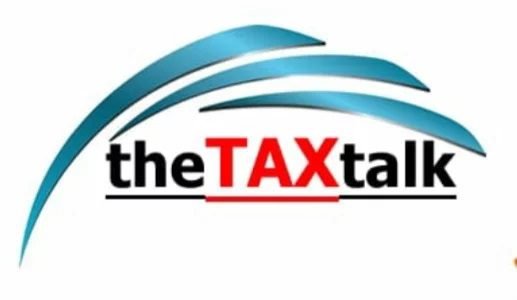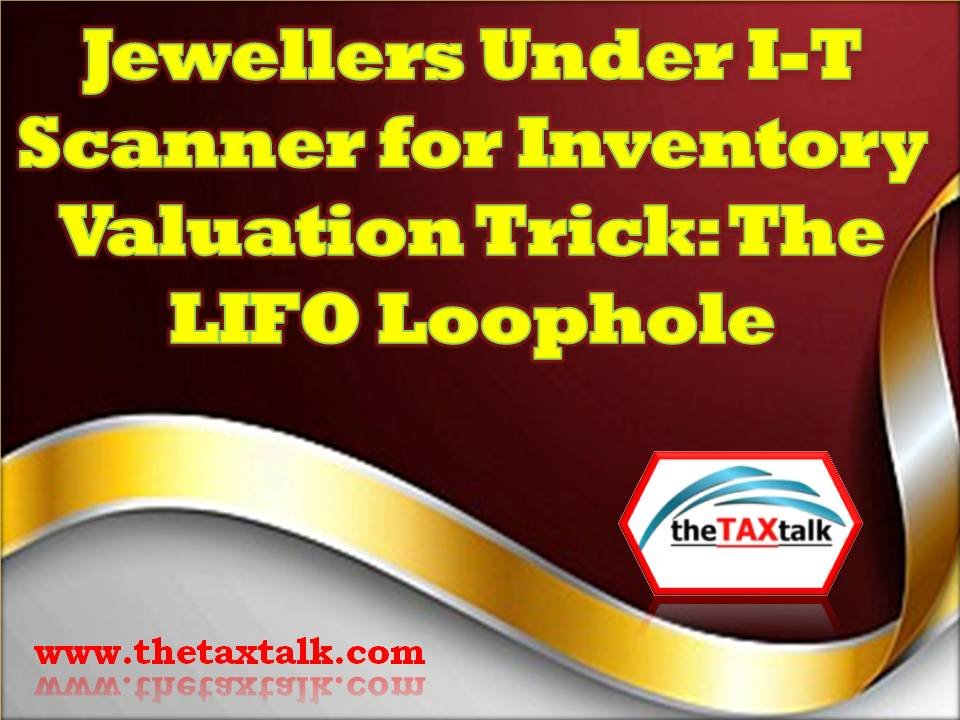![]()
Jewellers Under I-T Scanner for Inventory Valuation Trick: The LIFO Loophole
Introduction
As gold prices soar, so does the scrutiny from the Income Tax Department. Recently, several jewellers have come under the scanner for manipulating their inventory valuation methods to reduce tax liabilities. The core issue? An illegal switch from FIFO (First-In-First-Out) to LIFO (Last-In-First-Out) accounting-just when gold prices were at their peak.
While it may appear to be a harmless accounting adjustment, this change violates tax regulations and can have serious financial consequences.
The Gold Price Factor: A Golden Opportunity for Misreporting
Gold prices have witnessed a sharp and steady climb in recent years:
• ₹30,000 per 10 grams in 2016
• ₹35,000 in 2019
• ₹48,000 in 2021
• ₹68,000 and beyond in 2024
This price rally should have naturally inflated profits for jewellers holding significant inventory. However, tax authorities found that many reported disproportionately low profits despite holding high-value stock. The reason? A backdoor switch to LIFO for inventory valuation.
FIFO vs LIFO: What’s the Difference?
FIFO (First-In-First-Out)
• Assumes that the oldest stock is sold first.
• In a rising market, this results in lower cost of goods sold (COGS)and higher taxable profits.
LIFO (Last-In-First-Out)
• Assumes that the most recently acquired (and most expensive) stock is sold first.
• This inflates the COGS and artificially reduces profits-a tactic highly beneficial during price spikes.
The Legal Position: LIFO is Not Allowed
Post-2017, the Income Computation and Disclosure Standards (ICDS) made it mandatory for businesses to adopt only FIFO or Weighted Average Cost methods for inventory valuation. LIFO is not permitted under Indian tax law. Changing valuation methods inconsistently is considered a violation, especially when done to misrepresent profits.
How the Trick Worked
According to reports, some jewellers:
• Used FIFO for many years and then shifted to LIFO without justification.
• Valued unsold gold inventory at older (lower) rates while booking higher COGS using recent purchases.
• This gave an illusion of lower profits during high price phases and reduced their tax outgo.
• In one case, a jeweller allegedly suppressed income for 5–6 years and now faces a ₹100 crore tax demand.
Why It Went Unnoticed for Years
• Prior to ICDS implementation in 2017, firms had more flexibility in choosing valuation methods.
• The manipulation became more evident only after gold prices surged post-pandemic.
• Large cash purchases and inventory hoarding further helped mask the trick.
• Recent improvements in tax analytics and data matching made detection easier.
Consequences of Misusing Inventory Methods
Firms found violating valuation rules may face:
• Income reassessmentunder Section 147.
• Tax demandswith interest under Section 234B/234C.
• Penaltiesunder Section 270A for underreporting or misreporting income.
• Rejection of booksunder Section 145(3).
• In extreme cases, prosecutionunder Section 276C for willful tax evasion.
Lessons for Businesses
To stay on the right side of the law:
• Stick to one inventory method consistently-preferably FIFO or Weighted Average.
• Any change must be well documented and justified.
• Ensure compliance with ICDS and disclose accounting policies transparently in tax filings.
• Avoid short-term tricks that may lead to long-term trouble.
Conclusion
The LIFO controversy isn’t just about numbers-it’s about intent. When accounting choices are made to deliberately misstate profits, they can trigger serious consequences. The Income Tax Department’s message is clear: inventory tricks won’t go unnoticed anymore.
In the world of high-value gold trade, what glitters isn’t always gold-it could be a red flag.


